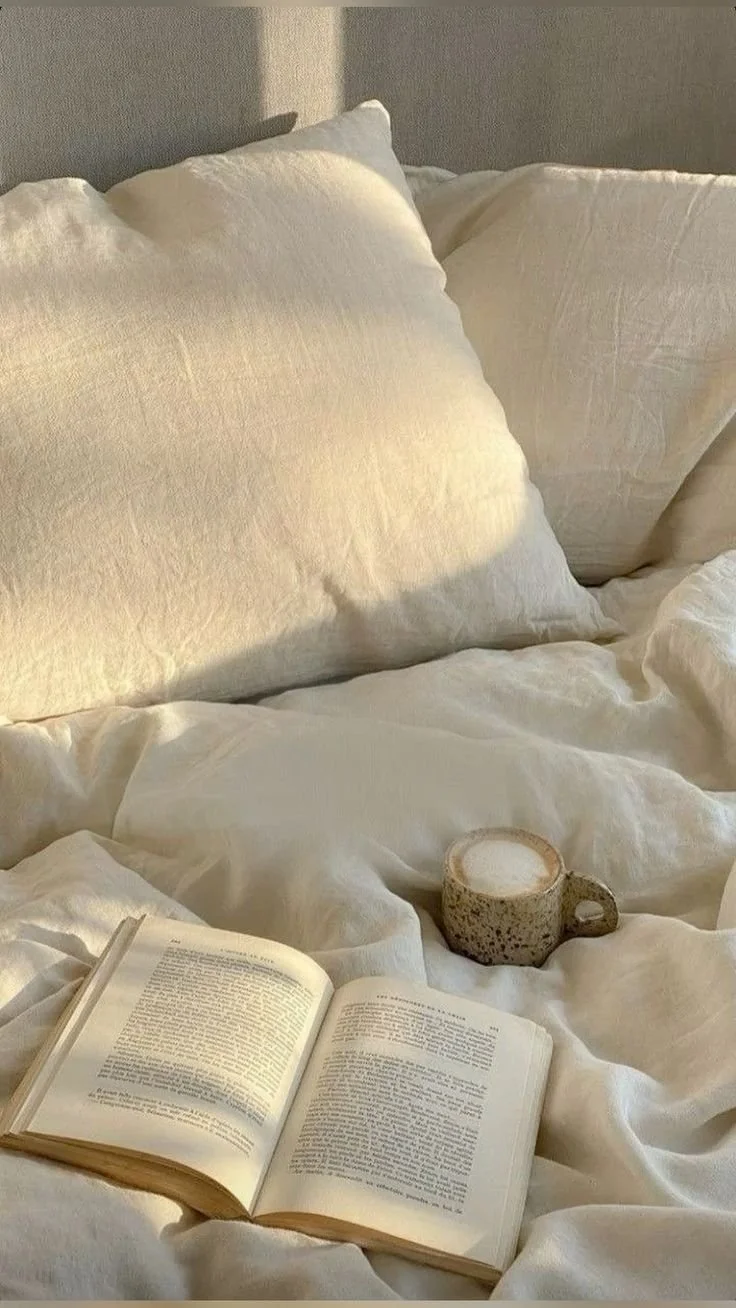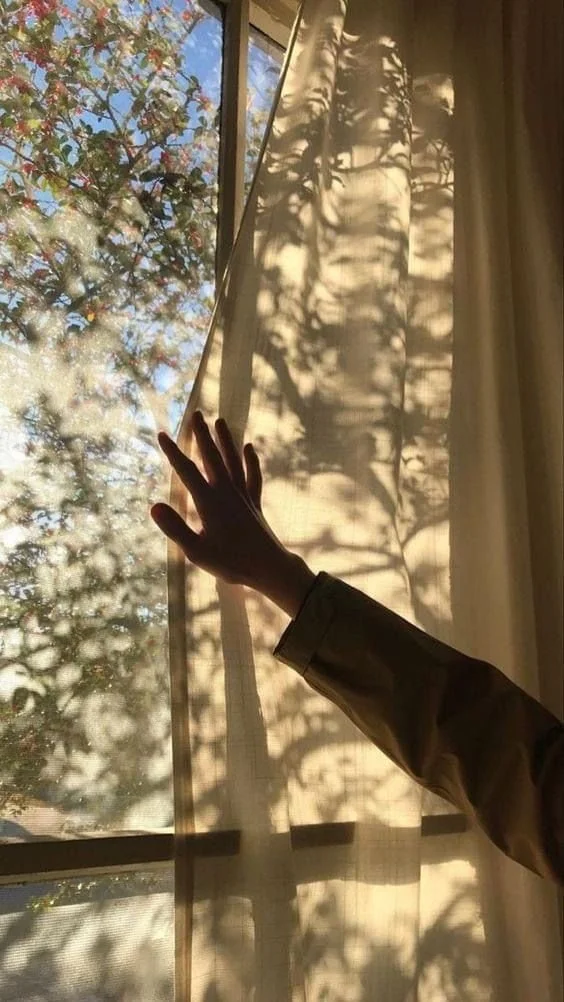Digital Detox: Balancing Technology and Personal Well-being
In today’s fast-paced digital world, we are constantly connected. From scrolling through social media to checking emails and working on screens all day, it can feel impossible to unplug. But amidst this digital overload, finding the balance between technology and personal well-being is not just essential—it's a form of self-care. The importance of a digital detox has become increasingly apparent to me as I navigate the challenges of working, living, and staying connected in a digital-first world.
In this post, I’ll share why a digital detox is crucial for your mental health, the strategies that have helped me reduce my screen time, and how I’ve made space for more meaningful, offline experiences. Whether you’re looking to reset your mind, improve your sleep, or gain more clarity in your daily routine, incorporating a digital detox into your life can help restore balance between the digital and physical worlds.
The Importance of a Digital Detox: Reclaiming Your Time
We’ve all felt the pressure of constant connectivity. The never-ending notifications, the feeling of being constantly “on,” and the impact it has on our focus, relationships, and mental health. It’s easy to get caught up in the instant gratification of checking emails, responding to DMs, or scrolling through TikTok, but I’ve learned that it’s crucial to step back and give yourself space from all things digital.
A digital detox is a break from screens—whether it’s reducing social media usage, taking breaks from email, or simply disconnecting entirely for a set period. This break allows your mind to relax, focus, and recharge. I’ve found that taking small steps, such as designating phone-free times during the day —especially in the morning and before bed —can significantly improve my mental clarity and overall well-being.
Practical Tip: Begin your digital detox by setting specific phone-free hours each day. For example, try going screen-free for the first hour after waking up and the last hour before going to sleep. This simple habit helps set the tone for a more mindful day.
Strategies for Balancing Screen Time: Setting Boundaries
We can’t completely disconnect from technology (especially for work or school), but we can set boundaries to ensure that technology doesn’t overtake our personal lives. One of the first things I did was start to schedule my time online, just as I would for any other important task. Instead of endlessly scrolling throughout the day, I now block out specific periods for social media, emails, or browsing. This method, often referred to as time blocking, helps me remain focused while also reducing the temptation to overuse my devices.
Another helpful strategy is using apps that limit screen time. For instance, I rely on Screen Time (available on iOS) to track my phone usage and set time limits for specific apps. This way, I can make sure I’m not spending more time on social media than I intended. I also love using Focus Mode to mute notifications during work hours or when I need some quiet time to focus.
Practical Tip: Set boundaries by using apps like Screen Time or Forest to monitor and limit your daily screen time. Create specific “offline” zones during the day—whether it’s during meals, family time, or before bed—so you can stay mindful and intentional with your device usage.
Personal Experiences: How I Balance Technology and Well-being
For me, finding a balance between technology and personal well-being is an ongoing journey. One of the most transformative changes I made was creating unplugged rituals that helped me reconnect with myself outside of screens. In the mornings, I take 15-20 minutes to meditate, enjoy a hot cup of coffee, and sit in silence—no screens allowed. This small habit has become a vital part of my day, providing me with clarity, focus, and a sense of grounding before diving into the digital world.
Another practice I’ve integrated into my life is spending time outdoors. Whether it's a walk in the park or an afternoon at the beach, I find that stepping away from my devices and spending time in nature helps me reset mentally and emotionally. This not only gives me the space to recharge but also provides me with the inspiration I need to get back to my creative projects with renewed energy.
Practical Tip: Start your day with a morning ritual that involves no technology—whether it’s journaling, meditation, or a quiet breakfast. The goal is to create a calm, mindful space before you dive into the digital world.
The Future of Personal Well-being: Embracing the Balance
The beauty of a digital detox is that it allows us to regain control over our time and focus. While technology is an essential part of our lives, it’s crucial to strike a balance and practice intentional use. By adopting mindful habits such as limiting screen time, taking regular digital breaks, and setting boundaries, we can cultivate a healthier relationship with technology.
Practical Tip: Remember that a digital detox is not about completely rejecting technology—it’s about using it intentionally. The goal is to create space for both your online and offline worlds, allowing you to live a life that is not only productive but also full of meaning, joy, and mindfulness.













